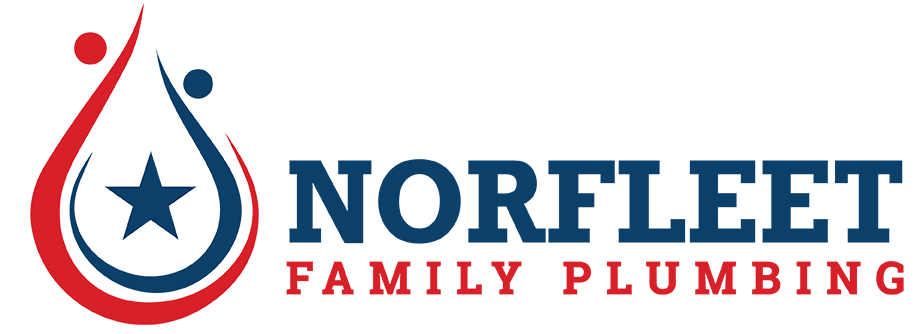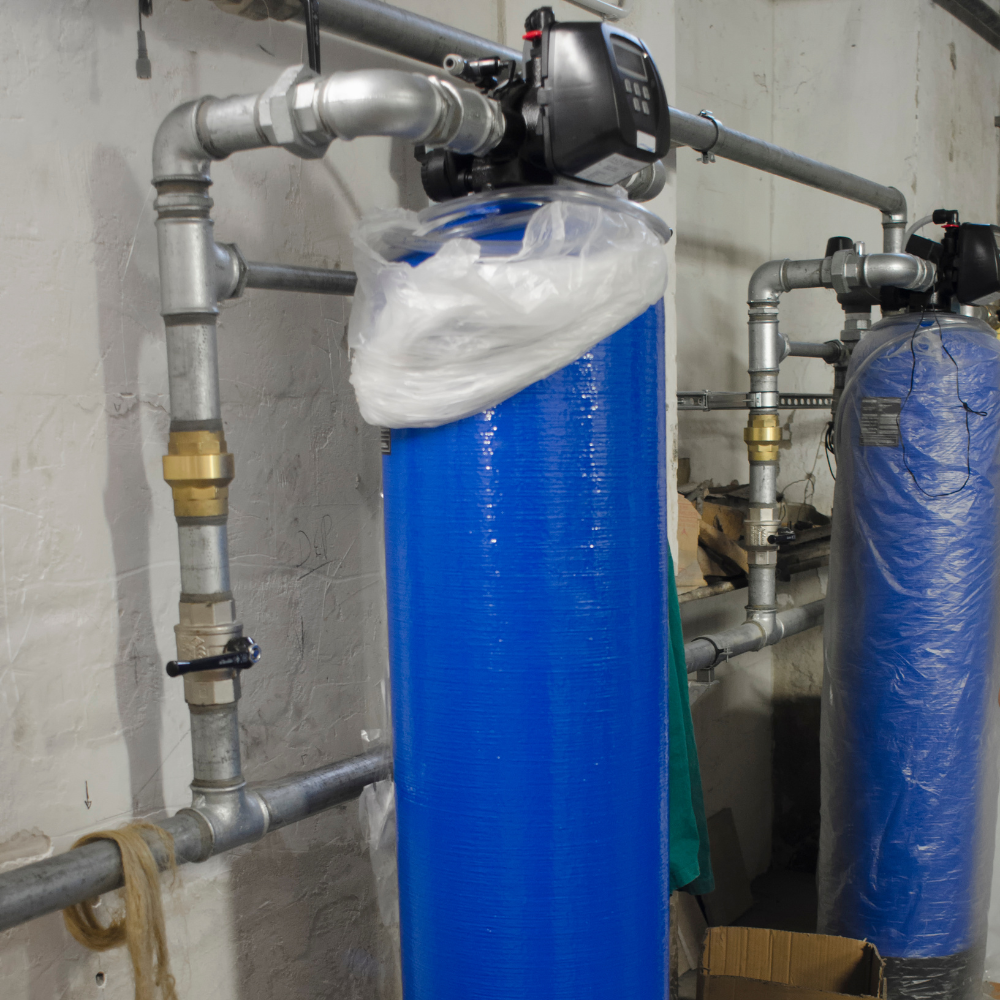Understanding Water Softener Basics
Installing a water softener will provide a few key benefits to the home and improve the family’s lives.
Many homes in the United States have hard water. Hard water results from excess amounts of magnesium, calcium, and other minerals and can cause havoc in a household. It tends to irritate the skin and deteriorate household appliances that require water. Hard water also leaves spots on clean glass surfaces, leading to calcium and magnesium buildup on shower tiles.
A water softener installation fixes all these issues. Luckily, this solution doesn’t require a large budget and goes a long way towards a better quality of life.
How a water softener works
The underlying process is simple. A water softener consists of two tanks. The first tank, the resin tank, contains resin beads covered in sodium particles. Hard water enters the house from a water main and travels into the softener.
The resin beads in the first tank attract and hold on to the magnesium and calcium, replacing the sodium particles. The softened water, now with softer sodium salts, exits the tank and flows into the plumbing system for the home.
If owners already have a home water softener, they probably know that softeners need periodic salt additions. The salt is key to the softening process. Adding salt is known as the regeneration cycle.
The second tank, called a brine tank, of a water softener contains a highly-concentrated salt solution, which replenishes the sodium content in the first tank. The brine tank only occasionally connects to the primary tank when it needs to refresh and cleanse other metals.
The saltwater solution mixed with the hard water minerals is flushed from the tank through an exit pipe or drain. The resin beads receive sodium and can remove more hard water minerals. The regeneration cycle usually takes about two hours. After a regeneration cycle, the water softener can run for some time before needing more salt.
What type of salt is used in a water softener?
One can’t use typical table salt in a water softener. It usually contains iodine and dissolves too quickly to last in the brine tank. So instead, the type used is either sodium chloride or potassium chloride. Both are available from your local home improvement store in pellet form.
Benefits of installing a water softener
Installing a water softener will provide a few key benefits to the home and improve the family’s lives. Here’s what to expect:
Softer skin after bathing
Easier lathering of soap
Fewer mineral deposits on shower walls and bathtubs
Softer clothes after washing without white marks
Much less spotting on glasses and dishes after hand washing or from the dishwasher
Longer lifespan for appliances that use water
Consider a water softener installation
Since most households in the United States have hard water, installing a water softener is common. In layman’s terms, hard water enters the home and goes directly into a water softener which removes the minerals and then expels the soft water into the home’s plumbing. Therefore, homeowners who want to improve their water quality efficiently and inexpensively can consult a professional plumber to initiate a plumbing overhaul.
When you need reliable water treatment solutions like water treatment system installation and repair, water treatment system maintenance, water softener installation and repair, water conditioner installation and repair, and reverse osmosis system installation and repair, trust only Norfleet Family Plumbing Heating and Air. We are a full-service, licensed company.

